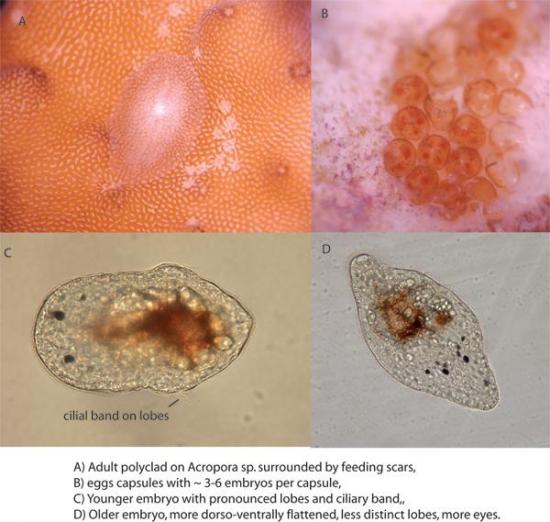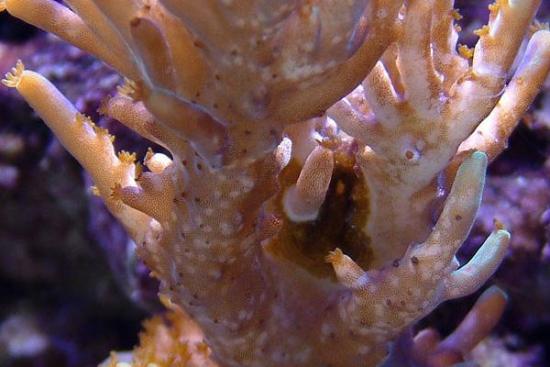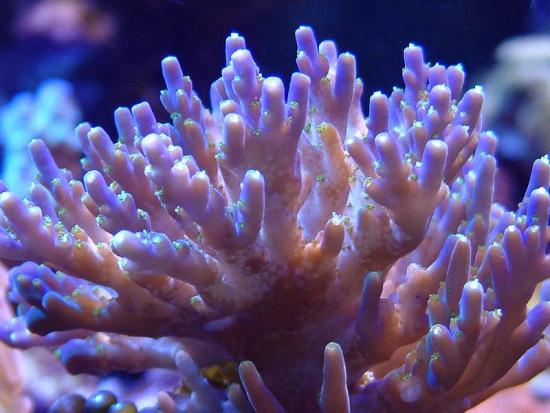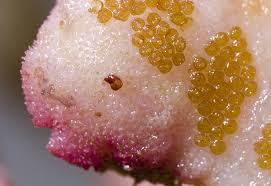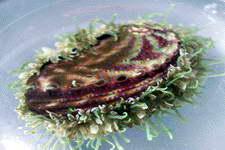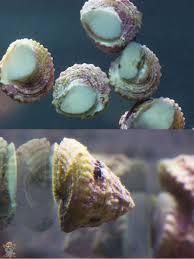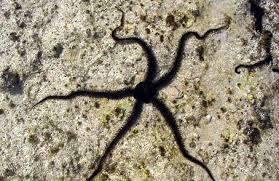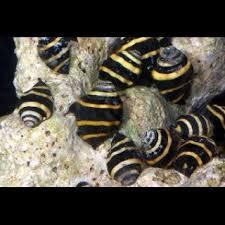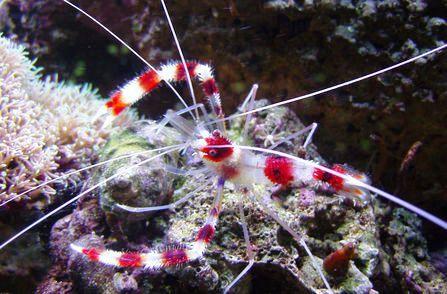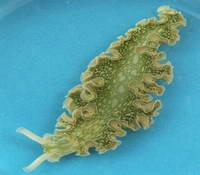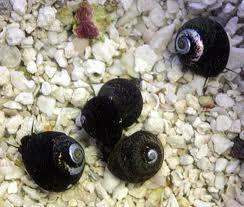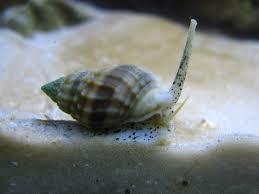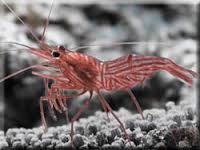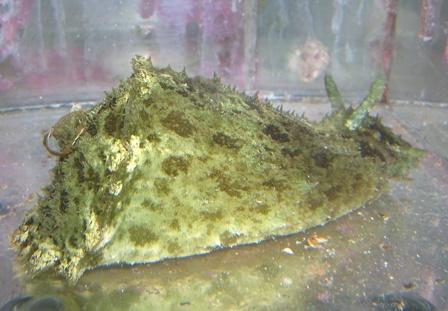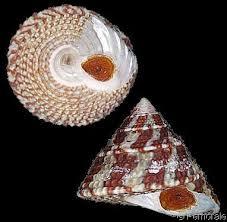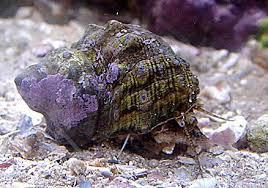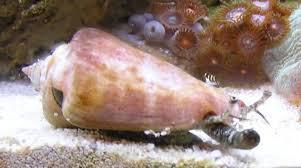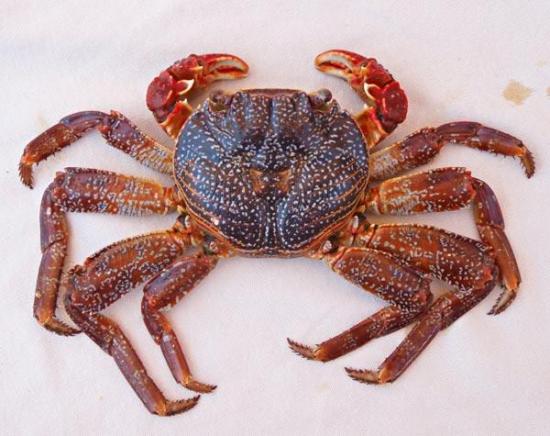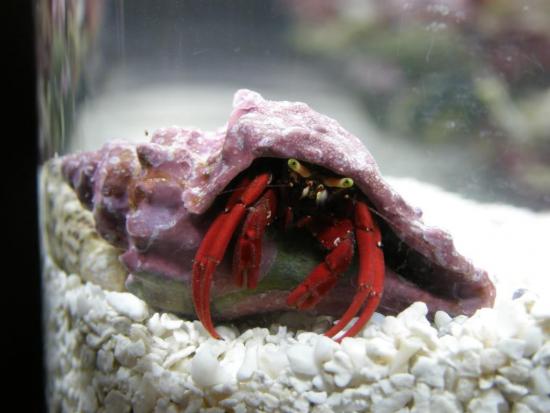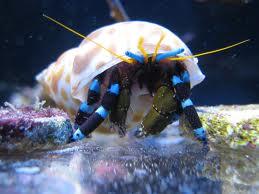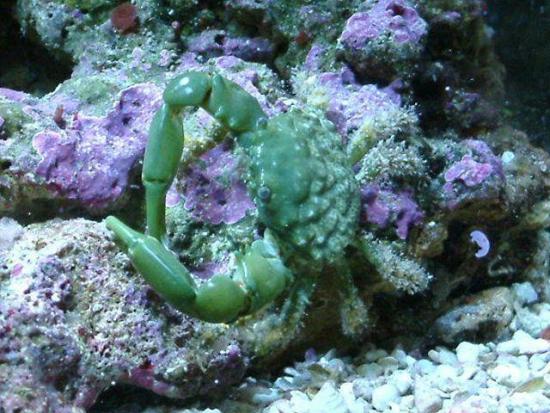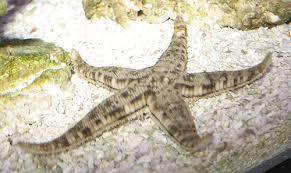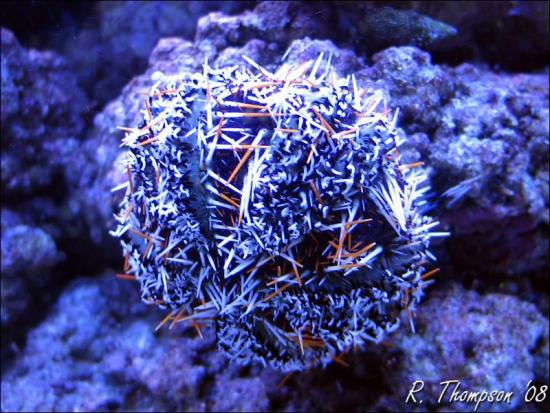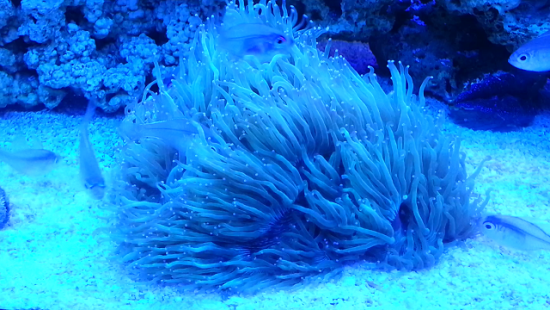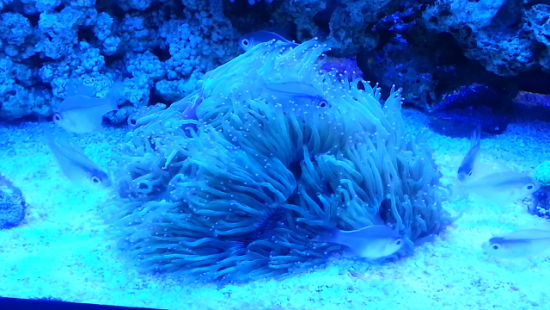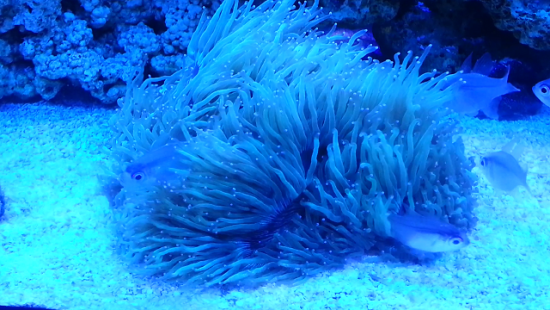-
Posts
1,800 -
Joined
-
Last visited
-
Days Won
25
Content Type
Profiles
Forums
Gallery
Everything posted by tofubox
-

Reef Secrets Aquarium LFS at GOLD COAST AUSTRALIA
tofubox replied to metaphor89's topic in General Reefkeeping_
Why u bo jio!!!! -
anytime buddy.
-
I am using a digital carbon doser. Bought it off my tank seller when i bought over hes tank. http://www.aquariumplants.com/CarbonDoser_Electronic_Co2_Regulator_p/co2.htm Pretty costly to get first hand + the shipping if u ask me. I was lucky to get it from him. OF brand regulator works just as well. So dont worry.
-

Battling Acropora Eating Flat Worm ( AEFW )
tofubox replied to Harlequinmania's topic in SPS and Advanced Reefkeepers Forum
Oh wow, it just see it and swim away. Thats sad to know. Guess nth is 100% in the hobby. haha. Just like how its always hit n miss with many other livestocks. -
Haha, thanks bro =D glad u find it useful, if not i update also no point. lol. I am not using a controller at the moment, made a big mistake on selling off my American pinpoint ph controller when i decommed my 3ft tank mid last yr. Due to budget constraints, I use an american pin point ph monitor instead, got it 2nd hand for 70bucks, does its job of giving me a digital readout of ph within the cr. But thats about it. Ideally if ur gonna be travelling alot, and if u dont have a good selonoid/ regulator, a ph controller will suit ur needs best! U set it to come on at this ph, and off when it reaches its lower limit. Prevents a milkshake from forming while ur away and dumping all the kh/ca into ur tank. As mentioned, some people can do without the ph controller or monitor, but requires more monitoring and testing. Its a useful/helpful equipment to make tuning a whole lot easier for urself, and at the same time, the controller gives an additional benefit of fail safe. I.e Ur regulator decides to just dump c02, the ph controller will switch off the selonoid.
-
Hi guys, looking for the following items, in good working condition 1. Ehiem 1262 or 1264 Return pump 2. 2 x 2 bulb Delighting retrofit t5 24w Thanks, Jarrett 90020585
-

2ft decomm sales, Everything u need to start a tank!
tofubox replied to tofubox's topic in Sell off/Pasar Malam Shop
Ups!!! Reduced price! Tank: $100 Special grade sand: $15 DD Reactor - $50 -

Various Colorful SPS Frags - Sps and Zoas
tofubox replied to cedricang's topic in Sell off/Pasar Malam Shop
Beautiful ice fire echinata. Good catch! -
Hi bro, if u measure 8ppm on ur tds. The water can still be used, no issue. If your really anal like me, u will have to start replacing your media such as micron filters, carbon and di resins if u want to achieve 0ppm. Dont forget that rodi unit require regular flushing.
-

Battling Acropora Eating Flat Worm ( AEFW )
tofubox replied to Harlequinmania's topic in SPS and Advanced Reefkeepers Forum
Couple more images to assist u in identifying AEFW From Reef Builders From Leonardo's Reef From Melev's Reef From reefs magazine -

Battling Acropora Eating Flat Worm ( AEFW )
tofubox replied to Harlequinmania's topic in SPS and Advanced Reefkeepers Forum
Just to add: The eggs itself is pretty obvious to the naked eyes. The problem is spotting the adults or babies, as mentioned, they camouflage very well, your best bet is to look for the bite marks. These bite marks are very uniform circles and form a poky dot pattern, usually on the underside of the coral. If your coral has these uniform white patches, than its likely to be infested and you should remove it right away and dip accordingly. The lifecycle is interesting. Without any acropora coral, if I'm not mistaken, the adults only lives for 5 days, before they burn in hell. Its the eggs that are bothersome, and most cant be removed by our usual store coral dips. So check closely for those eggs! -

Battling Acropora Eating Flat Worm ( AEFW )
tofubox replied to Harlequinmania's topic in SPS and Advanced Reefkeepers Forum
Good write up at the right time. Seems like aefw have been a hot topic recently. Found some personally when i bought frags recently, so dip dip dip to be sure =D Came across an article that mention, in your weekly maintenance, its good to give your corals a nice blow with a turkey baster or a small powerhead. This helps to dislodge the aefw from the coral, and will in turn be eaten up by the wrasse. Wrasse by themselves will not actively pick on the coral for aefw. Not sure how true, but had read couple of different forums about the same procedure. Anyway, a good dip to invest in would be TLF revive, Or Bayer insecticide. If your certain u have aefw, than its probably also worth considering getting a blue velvet slug. Its only food source is flatworms. If your tank really fall victim to these pest, please please do not continue spreading them around. Its like a plague!!!! -
Hi chercm, this is written in relation to just nutrients alone. Lighting is a whole new topic not covered.
-
Found this excellent explanation on browning of corals to share with everyone Quoted from zeovit forum, user kolognekoral "A general word about browning of corals. The colour brown is created via the zooxanthellae algae. This is their natural colour. Contrary to popular belief, they are not the colourant of the corals, rather they mask the pigments of the corals. Whether this is a sunscrean or simply a reaction to available nutrients on the part of the coral is unclear. On a reef, the corals are able to control their zooxanthellate populations via nutrient limitation, thus controling their general metabolism and their colour. In an aquarium, corals are generally exposed to too many available nutrients disolved in the water. As the zooxanthellae can simply absorb these disolved nutrients straight from the water column, instead of the coral controlling the process, they have a population explosion. This is what we see as browning-out of a coral. An overpopulation of zooxanthellae in the coral's tissues. Essentially, if we are able to keep the basic nutrients, such as PO4 and NO3, as a close to NSW level, the corals are able to once again take control of their metabolism and the zooxanthellate population is limited by the coral. What we often forget is that there are other nutrients that the algae can use and we are dosing these nutrients in a perfect form to brown-out the corals. Amino acids, vitamin complexes, marine snow, etc. are all nutrients that will brown corals, if they are present in too high a quantity. When faced with browning corals, one needs to assess the complete picture and understand from where these nutrients are coming. Low PO4 and NO3 levels are fine, but bring little, if we over supplement with other nutrient-rich products. A case of less is more. Therefore, if your corals are turning brown, and your PO4 is 0.02 and the NO3 <2ppm, then there is another nutrient source in play. Cut your dosing of AAs, etc. in half and give it a few weeks to see how the corals react. You certainly won't starve them, but you may start to starve out the zooxanthellae and thus see the corals true colours."
-
Hi guys, since I haven't covered a clean up crew for the tank thread. Heres a list that I made up which i hope will help u out in choosing the right crew to keep ur tank speck n span. Hope you find this useful, especially those starting a new tank. These are pretty much readily found or brought in by our LFS. I try not to add those oddballs in the group. If u find anything missing from the list, let me know. Happy shopping for ur little critters! Snails Turbo snails - feeds on algae, including hair algae, cyanobacteria and diatoms. It will devour algae types shunned by many other algae-eaters. Will remove algae from various surfaces, including live rock, corals and aquarium glass. Large and knocks over stuff, cant handle small crevices. Cerith Snails - consume diatoms, cyano, film algae (some) , detritus, hair algae (some) and uneaten food in the substrate as well as on rocks and to some extent the glass in your aquarium. Small and can fit through crevices. Hardy snails Fighting Couch/ strombus (Gong Gong) - Excellent sand sifting abilities to clean and aerate the substrate, Consumes brown algae, diatoms, detritus, unable to climb up tank walls. Asterea snails - Good snails for getting rid of brown and green algae from the walls of your tank, from your live rock, and from your substrate (they will not eat longer hair algae). , however, when they are flipped over as they cannot get back to their correct orientation and will die (notice the base of the shell to differentiate between asterea and trochus) Trochus snails - Trochus eat a variety of algae from filamentous to film, and has been reported to have a special adoration for diatoms. They can be found cleaning any surface of your tank, but will be frequently seen on the glass. (notice the base of the shell to differentiate between asterea and trochus) Nerite snails - Is very good at eating algae off the tank walls. Nerite Snail eats phytoplankton, especially algae, Cyanobacteria, Diatoms, Film Algae and vegetable bits. These snails are excellent for cleaning the rocks and glass of your aquarium Nassarius snails - Excellent for sandbeds, scavengers on meaty food, dropped food, dead/dying Magarita snails - Though they are excellent algae eaters, the Margarita Snail lives a short life in most reef aquaria, due to temperature requirements. Will stay mostly on rock and hard surfaces eating diatom and micro-algae. Not recommended due to its short mortality rate in a captive tank Bubblebee snail - They are predatory on other snails and worms. They will clean your sand of beneficial critters. If you see them moving up the glass they are not grazing on the nasty algae…. they are looking for snails and worms. Not recommended to keep with other cuc Crabs Red-legged Hermit Crab - – These crabs do an excellent job of scavenging and keeping algae under control (they will even eat hair algae which most snails avoid). They will also eat fish food. Blue-legged Hermit Crab - Will relentlessly eat just about anything in your aquarium (algae, scraps of food, etc.) Have been known to be aggressive towards snails Sally Lightfoot Crab - Will scavenge around the tank looking for bits of food or detritus and pick at algae constantly. They are generally considered reef safe although the larger ones have been reported to eat injured or dead fish if they cannot find other food sources. They also will crawl around on the corals a great deal, but this does not generally lead to problems Emerald Green Crab - Well known for its ability to eat bubble algae, detritus, uneaten food Shrimps Cleaner Shrimps - These shrimps do an excellent job of scavenging for leftover food, but they also pick parasites off of fish and are used to control saltwater ich. Coral Banded Shrimp - Excellent job of scavenging for leftover food Peppermint Shrimp - These shrimp are excellent scavengers and are one of the best methods for controlling Aiptasia. Starfish Sand Sifting Starfish - For sand bed, uneaten food and detritus. This is a nocturnal animal and basically feeds on detritus and any uneaten food that makes its way to sand bed. Recommanded for tanks with sandbeds only. Brittle Sea star - Brittle stars feed on plankton but also on detritus, coral-shed mucus, bottom detritus, mollusks and worms They are great scavengers and mainly feed on decaying matter and plankton. Others Sea Hare - Natures voracious eaters of green algae – in particular hair algae. Considered an ultimate hair algae eating machine and cleans every bit of algae mess in your home aquarium. Abalone - Considered personally as one of the best clean up crew member. Feeds on most algae both on rocks, glass and substrate. Sea cucumber - It feeds on algae, bacteria, and meaty items that are present in the sand and anything on which it can scavenge. Lettuce Nudibranch - Certain lettuce slug species are known to feed on Bryopsis. It helps tackling the unnecessary growth of algae. The Lettuce Nudibranch is photosynthetic in nature, and gets benefits from the chloroplast in their tissue from the algae they eat. It sucks in the chlorophyll contents of algae, and then incorporates that chlorophyll into their own tissues. Eliminates the growth of algae by foraging on live rocks and aquarium glass Sea urchin - These guys are powerful when comes to the job, known to eat most algae, some may eat hair algae. Also if u have caroline algae, they will feed on it too. Excellent algae eater and controls the excessive growth of the same in the aquarium
-
means time to upgrade
-
PH controller just makes life easy. Thats all. haha. Set n forget.
-
Wow nice collection of LPS bro. Liking the diy food as well, used to make them, but got lazy. haha. Your fishes will grow fat fat.
-

Weekly Shipment Updates 13 Oct - 19 Oct 14
tofubox replied to nwyk153's topic in Weekly LFS Stocks Report / LFS Info Centre
Anyone knows the price of helfrichi at LCK? Can pm me? -
Came down in the middle of the night to look at my tank. Was surprise to see my cardinals actually swimming around and inside the elegance coral. They just swim in circles and go in once a while, kinda like hosting corals that clowns do. Anyone had such experience before? Its the first time i've seen such a thing happen. I know clowns do host elegance corals, and i also did a search on google. Seems like only banggai cardinals are capable of such thing. Hope the elegance won't eat them! If u look closely, u can see 2 or 3 of them inside.
-
Just to share with anyone keen on cr. I used this article to guide me when setting up a cr. Probably one of the best written cr article I've came across. http://reef.diesyst.com/crarticle/crarticle.htm
-
Its great to really have family members involved with the tank! Really happy for u bro!
-
Recently did a review of pest control on my thread page 9, hope it helps.
-
Ups for your sales bro, was just over at hes place last night. Nice frags.
-
Any major marine LFS should sell. Madpetz and iwarna carry ready stocks. Haven't been to the others lately, so cant comment =)


